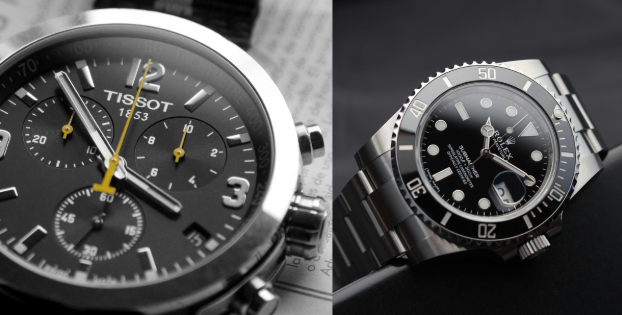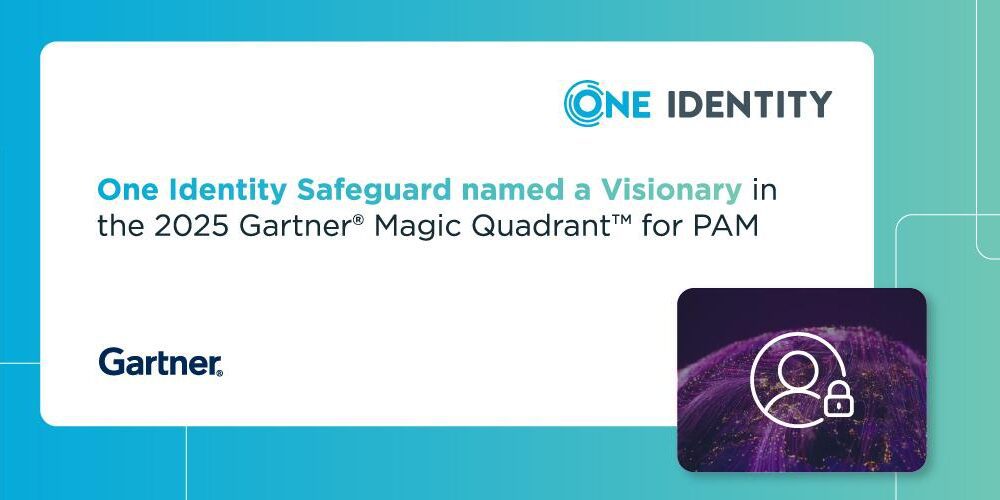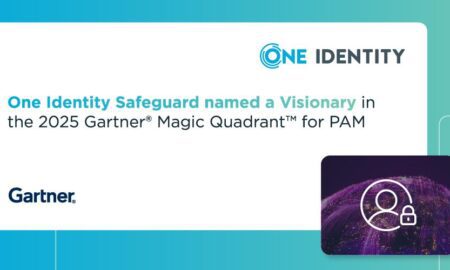The luxury watch market presents an intriguing paradox: while Rolex commands the premium segment with prices reaching astronomical heights, Tissot delivers Swiss precision at remarkably accessible price points. This comprehensive Tissot vs Rolex analysis cuts through marketing rhetoric to reveal the genuine differences between these iconic Swiss brands.
Understanding these distinctions becomes crucial when investing in a timepiece that could serve as both a daily companion and a generational heirloom. The choice between Tissot and Rolex often reflects not just budget constraints, but lifestyle preferences, social positioning, and personal values regarding craftsmanship versus accessibility.
Brand Heritage Comparison
Tissot’s Democratic Excellence (1853)
Tissot’s 170-year journey represents Swiss watchmaking’s democratic spirit. Founded in Le Locle, Switzerland, Tissot pioneered mass production techniques that maintained Swiss quality standards while achieving affordability. The brand’s philosophy centers on “Innovators by Tradition,” emphasizing technological advancement over exclusivity.
Key heritage milestones include introducing the first mass-produced pocket watch (1853), the first anti-magnetic watch (1929), and the first touch-screen watch (1999). Tissot’s integration into the Swatch Group in 1983 accelerated innovation while preserving traditional craftsmanship values.
Rolex’s Luxury Fortress (1905)
Rolex transformed from Hans Wilsdorf’s vision of precision to become the ultimate status symbol. The brand’s heritage strategy focused on exclusivity, performance, and prestige. Rolex achieved chronometer certification early, establishing technical credibility that justified premium pricing.
The brand’s marketing genius lies in associating timepieces with extraordinary achievements: conquering Everest, diving to oceanic depths, and timing Formula 1 races. This narrative transforms functional watches into symbols of human accomplishment and personal aspiration.
Price Range and Value Proposition
Tissot’s Accessible Swiss Excellence
Tissot’s pricing strategy democratizes Swiss watchmaking, offering entry-level models starting around $200 and premium collections reaching $1,500. This approach provides genuine Swiss craftsmanship without luxury market premiums.
The value proposition centers on “Swiss Made” credentials at accessible prices. Tissot watches feature ETA movements (often shared with higher-priced competitors), solid construction, and reliable performance. The brand’s quartz offerings provide exceptional accuracy and durability for professional use.
Rolex’s Investment-Grade Luxury
Rolex pricing begins around $6,000 for entry-level models, with popular sports watches commanding $10,000-$15,000, and complications reaching $50,000+. This positioning creates scarcity perception and investment appeal.
The value proposition emphasizes exclusivity, craftsmanship, and resale value retention. Rolex watches are often appreciated in value, particularly limited editions and discontinued models. The brand’s vertical integration ensures quality control but significantly increases production costs.
Design and Aesthetic Differences {#design-aesthetics}
Tissot’s Versatile Design Philosophy
Tissot embraces design diversity, offering collections spanning classic dress watches, sporty chronographs, and innovative smartwatches. The brand’s aesthetic flexibility allows targeting multiple market segments simultaneously.
Design characteristics include clean dial layouts, moderate case sizes (typically 39-42mm), and contemporary styling that balances tradition with modernity. Tissot’s color palettes and finishing techniques prioritize everyday wearability over statement-making presence.
Rolex’s Iconic Consistency
Rolex design philosophy revolves around evolutionary rather than revolutionary changes. The brand’s iconic models (Submariner, GMT-Master, Daytona) maintain recognizable silhouettes while incorporating subtle refinements.
Rolex aesthetics emphasize robust construction, distinctive design elements (cyclops lens, Mercedes hands, fluted bezels), and finishing quality that justifies premium pricing. Case sizes typically range from 36-44mm, with emphasis on proportional balance and wrist presence.
Technical Specifications Breakdown {#technical-specs}
Tissot’s ETA Movement Heritage
Tissot utilizes ETA movements ranging from reliable quartz calibers to sophisticated automatic movements. The brand’s technical highlights include:
- Powermatic 80: 80-hour power reserve automatic movement
- Quartz Precision: ±15 seconds per month accuracy
- Water Resistance: 30-300 meters depending on model
- Materials: Stainless steel, titanium, ceramic applications
Tissot’s technical approach prioritizes reliability and value over exclusivity. The brand’s movements undergo rigorous testing while maintaining cost-effectiveness through shared ETA platform benefits.
Rolex’s Manufacture Movement Mastery
Rolex manufactures movements in-house, ensuring complete quality control and exclusivity. Technical specifications include:
- Perpetual Movements: Self-winding with 48-70 hour power reserves
- Chronometer Certification: COSC-certified precision
- Oyster Case: Waterproof construction up to 300+ meters
- Materials: 904L stainless steel, 18ct gold, platinum, ceramic
Rolex’s technical philosophy emphasizes durability, precision, and longevity. The brand’s movements feature advanced materials and engineering solutions that justify premium pricing through superior performance.
Target Market Analysis
Tissot’s Broad Appeal Strategy
Tissot targets diverse demographics through varied product lines:
- Young Professionals: Affordable Swiss quality for career establishment
- Sports Enthusiasts: Timing instruments for active lifestyles
- Value Seekers: Swiss craftsmanship without luxury premiums
- Gift Buyers: Accessible luxury for special occasions
The brand’s marketing emphasizes performance, value, and accessibility, appealing to consumers seeking quality without status symbol positioning.
Rolex’s Elite Positioning
Rolex deliberately targets affluent demographics:
- Luxury Consumers: Established wealth seeking status symbols
- Achievement Oriented: Professionals celebrating career milestones
- Collectors: Enthusiasts pursuing investment-grade timepieces
- Status Conscious: Individuals valuing prestige and recognition
Rolex marketing creates aspirational desire while maintaining exclusivity through controlled distribution and premium pricing.
Pros and Cons of Each Brand
Tissot Advantages and Limitations
Pros:
- Swiss Made quality at accessible prices
- Diverse design options for varied tastes
- Reliable ETA movements with proven track records
- Excellent value proposition for entry-level Swiss watches
- Wide availability and service network
Cons:
- Limited resale value compared to luxury brands
- Less prestige recognition in professional settings
- Shared movements reduce exclusivity appeal
- Quality variations across different price points
Rolex Strengths and Drawbacks
Pros:
- Exceptional resale value retention and appreciation
- Unmatched brand prestige and recognition
- Superior craftsmanship and materials quality
- Exclusive manufacture movements
- Comprehensive warranty and service support
Cons:
- Significant initial investment requirements
- Limited availability creating purchase difficulties
- Overt status symbol implications
- Premium pricing extending beyond functional benefits
Buying Guide: Which Watch is Right for You?
Choose Tissot When:
Your priorities align with practical Swiss quality over prestige positioning. Tissot suits buyers seeking reliable timekeeping, diverse design options, and excellent value propositions. The brand serves well for daily wear, professional environments requiring accuracy, and gift-giving occasions.
Consider Tissot if you appreciate Swiss craftsmanship but reject luxury market premiums. The brand’s accessibility allows exploring Swiss watchmaking without significant financial commitment.
Choose Rolex When:
Your investment capacity supports luxury positioning and long-term value retention. Rolex suits buyers seeking status symbols, heirloom pieces, and potential investment opportunities. The brand excels for milestone celebrations, professional networking, and collection building.
Consider Rolex if exclusivity, prestige, and craftsmanship mastery justify premium pricing. The brand’s positioning requires comfort with luxury market dynamics and social implications.
Decision Framework:
Budget Considerations: Tissot offers Swiss quality from $200-$1,500, while Rolex requires $6,000+ investments.
Usage Patterns: Tissot suits daily wear and active lifestyles, while Rolex excels in professional and formal settings.
Personal Values: Choose Tissot for democratic quality access, Rolex for exclusivity and prestige.
Long-term Perspective: Tissot provides functional satisfaction, Rolex offers investment potential and heirloom value.
For collectors seeking proper watch storage and maintenance, consider investing in the best watch winder to preserve automatic movement functionality during non-wearing periods.
Conclusion
The Tissot versus Rolex comparison reveals fundamental differences in watchmaking philosophy, market positioning, and value delivery. Tissot democratizes Swiss excellence through accessible pricing and diverse offerings, while Rolex maintains exclusivity through premium positioning and controlled scarcity.
Your choice should reflect personal priorities: functional Swiss quality versus luxury prestige, accessibility versus exclusivity, and value optimization versus investment potential. Both brands deliver exceptional timekeeping within their respective market segments.
Neither choice represents a compromise—Tissot excels in delivering Swiss craftsmanship at democratic prices, while Rolex maintains unmatched luxury positioning and investment appeal. The decision ultimately depends on aligning brand philosophy with personal values and financial capacity.
Consider your lifestyle, budget, and long-term objectives when making this significant investment. Both Tissot and Rolex offer pathways to Swiss watchmaking excellence, each serving distinct market needs with exceptional competence and heritage authenticity.



































